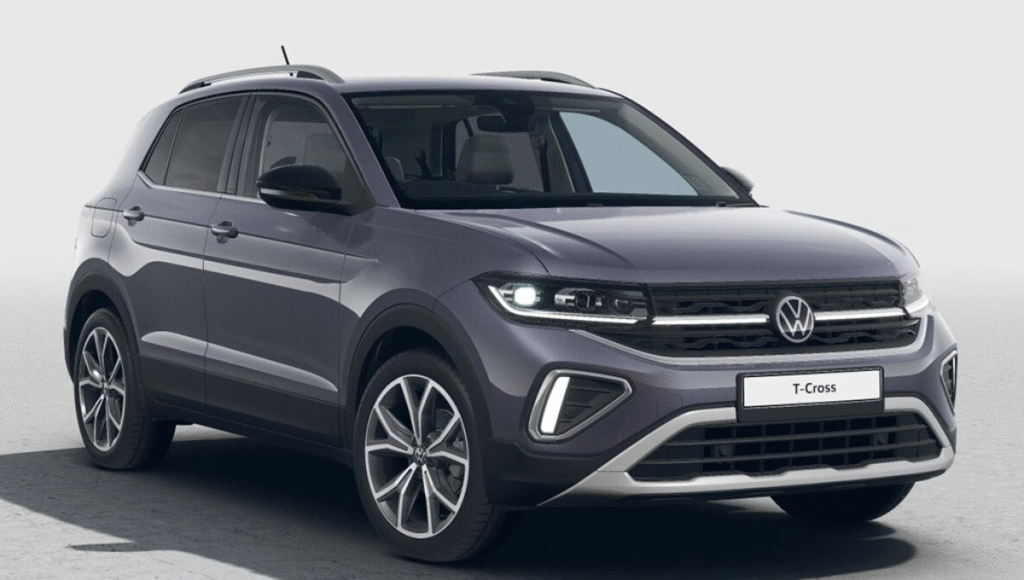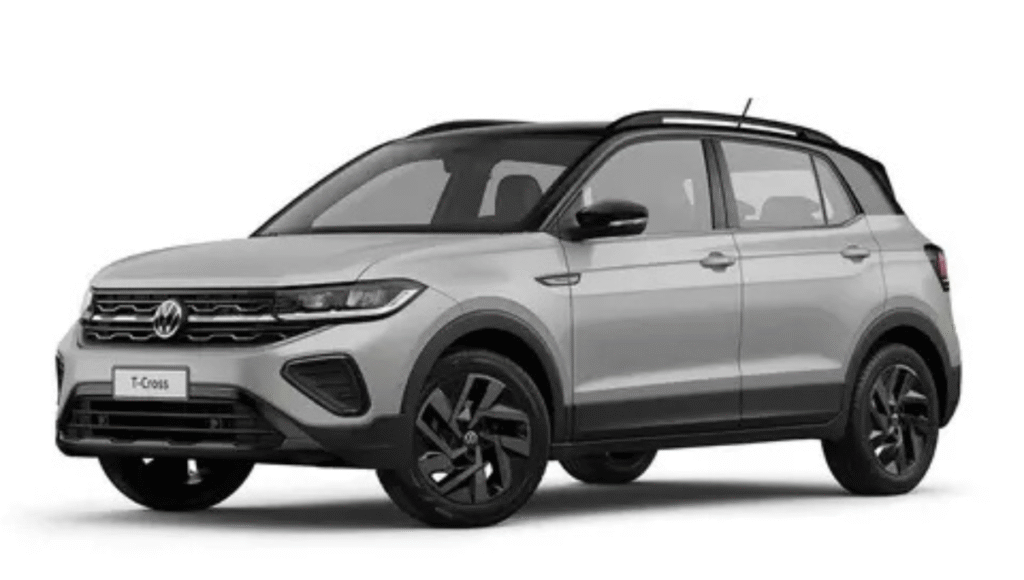
India Auto Sales Surge Market Booms in September 2025: GST Cut Sparks Strong Revival
The Indian automobile industry has always been a barometer of the country’s economic mood. This September 2025, it showed a remarkable bounce back, bringing smiles to manufacturers, dealers, and buyers alike. After months of cautious optimism, the sector experienced a surge in demand, fueled largely by the Goods and Services Tax (GST) reduction on September 22. The result was an unexpected lift in both retail and wholesale volumes, signaling renewed confidence among consumers and businesses.
Two-Wheelers Lead the Charge
The revival in India’s automotive sector was led prominently by the two-wheeler segment. Hero MotoCorp witnessed an encouraging eight per cent year-on-year growth, selling around 6.87 lakh units. Strong scooter sales were instrumental in this rise, catering to the needs of urban commuters seeking efficiency and style. Meanwhile, TVS Motor recorded a 12 per cent jump to 5.41 lakh units, with over 31,000 iQube electric scooters sold, highlighting the continued enthusiasm for electric mobility in the country.
Bajaj Auto also celebrated growth with total volumes rising nine per cent to 5.11 lakh units, supported by a 15 per cent increase in three-wheeler exports. Royal Enfield, the iconic cruiser brand under Eicher Motors, outperformed expectations with a stunning 43 per cent surge, selling 1.24 lakh units. This impressive performance reflects not only the brand’s enduring appeal but also the appetite for premium motorcycles among Indian riders.

Passenger Vehicles See Steady Growth
The passenger vehicle segment mirrored this optimistic trend, though some manufacturers faced supply chain constraints. Maruti Suzuki reported a three per cent annual increase with 1.9 lakh units sold. While logistics issues slightly tempered domestic deliveries, exports soared by an impressive 52 per cent, emphasizing the brand’s global reach. Mahindra & Mahindra posted a 10 per cent growth in passenger vehicle volumes, showcasing consistent performance in both urban and semi-urban markets.
Tata Motors stole the spotlight with a 47 per cent surge to 61,000 units, thanks in large part to nearly doubling its electric vehicle sales, reflecting a strong shift towards sustainable mobility. Hyundai Motor India also fared well, achieving a 10 per cent rise overall, with exports contributing a 44 per cent jump. These figures demonstrate that passenger vehicles are steadily regaining traction, supported by festive demand and strategic market positioning.
Commercial Vehicles Keep the Momentum
India’s commercial vehicle sector continued its recovery trajectory in September. Tata Motors’ commercial vehicles registered a 19 per cent increase to 36,000 units, bolstered by robust sales of heavy and light trucks. Ashok Leyland followed with a nine per cent rise in total CV volumes, while Mahindra & Mahindra’s light commercial vehicles grew by 18 per cent. The sustained demand in this segment signals optimism among businesses looking to expand operations or upgrade fleets, further driving economic activity.
Tractors Outshine Other Segments
Amidst this general upswing, the tractor segment stood out spectacularly. Mahindra & Mahindra sold around 66,000 units, and Escorts followed with 18,000 units, reflecting a 49 per cent year-on-year surge. The phenomenal demand highlights the resilience of India’s agricultural sector, which continues to invest in mechanization to boost productivity and efficiency. This growth not only strengthens rural economies but also underlines the increasing importance of tractors in the country’s overall mobility landscape.
What’s Driving the Revival?
ICICI Securities’ analysis points to a combination of factors behind this impressive performance. The recent GST rate cut clearly served as a significant catalyst, making vehicles more affordable for consumers. Coupled with festive buying, these policy measures created an environment where both retail and wholesale volumes could thrive. Consumer confidence appears to be returning, with buyers keen to invest in mobility solutions, whether for personal use, business, or agriculture.
The broad-based recovery across segments—from two-wheelers to tractors—also reflects India’s diverse automotive ecosystem. Urban commuters, rural farmers, and businesses alike contributed to this renewed momentum, creating a ripple effect across the economy. It’s a reminder that the automobile industry is not just about vehicles; it’s a critical engine of employment, investment, and industrial growth.
Looking Ahead
While September’s performance is encouraging, sustaining this growth will require continued support from policy measures, consistent supply chains, and the ongoing adoption of newer technologies, particularly in electric vehicles. Manufacturers are likely to leverage this positive sentiment to introduce fresh models, improve after-sales support, and expand reach in both urban and rural areas.
The September 2025 rebound is more than just a statistical uptick—it’s a testament to India’s resilient automotive sector, capable of bouncing back even in the face of past disruptions. For consumers, it means more choices, better deals, and a renewed sense of optimism when it comes to mobility.
Disclaimer: This article is based on reported data and industry analysis. Actual sales figures and market performance may vary depending on regional trends, logistics, and other economic factors.





